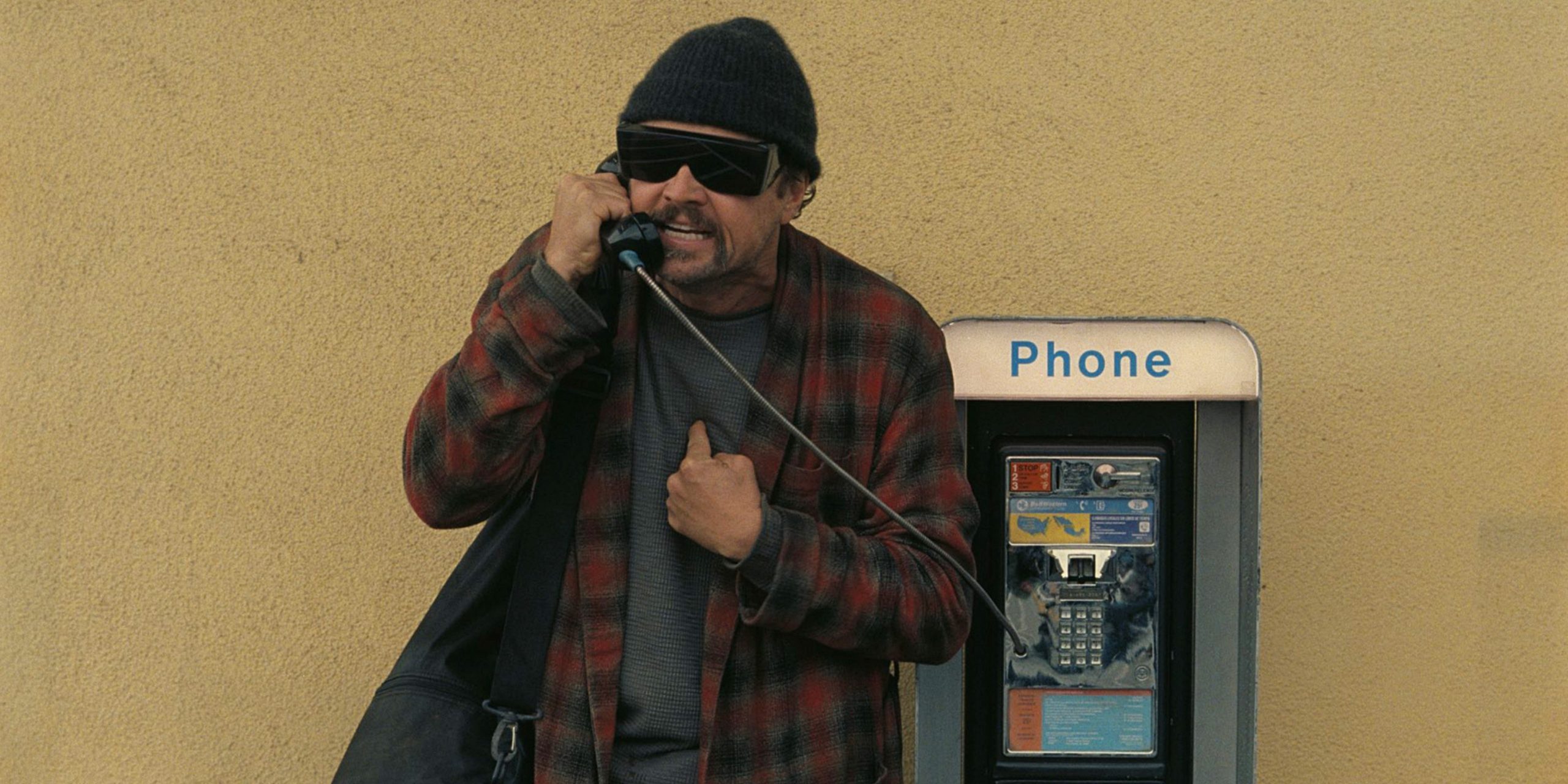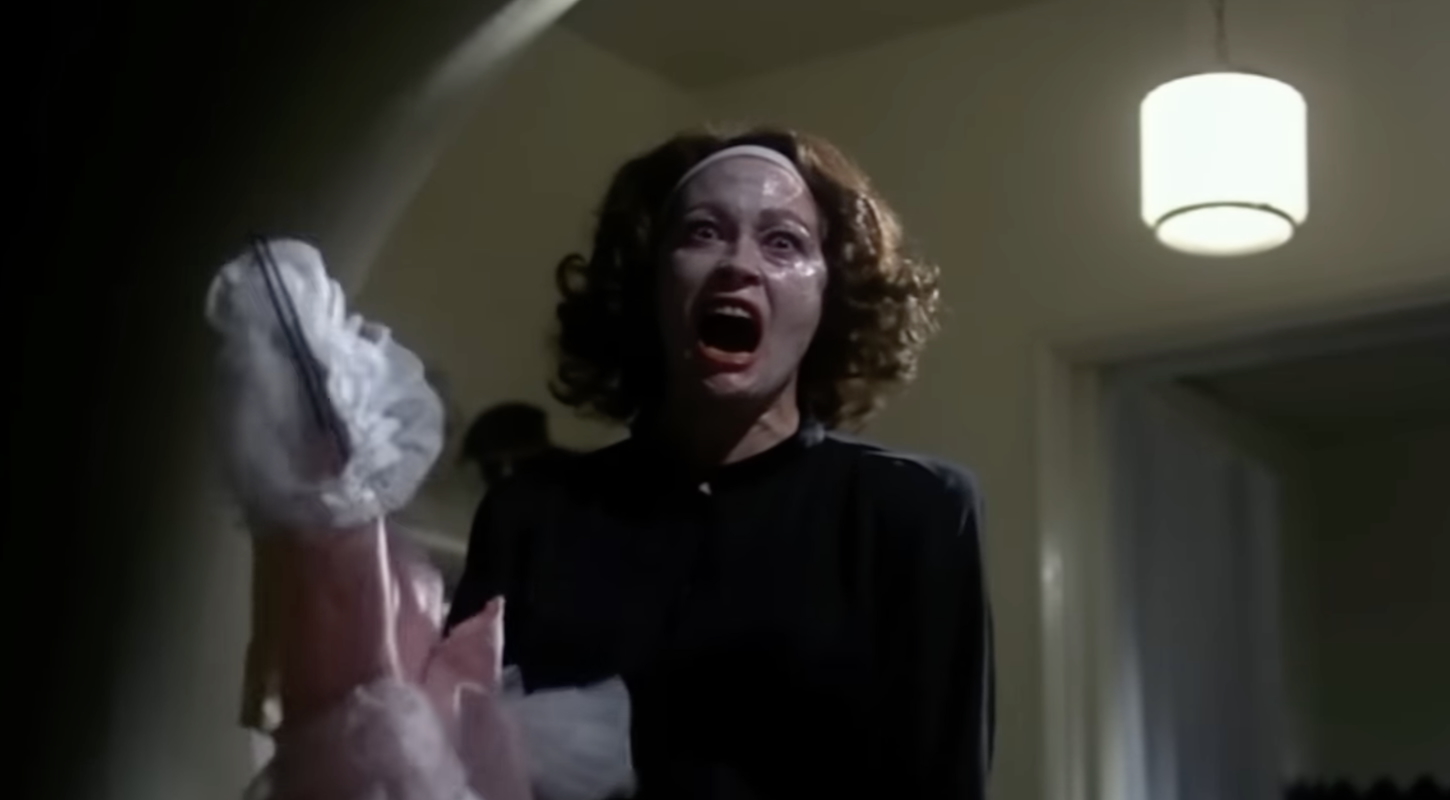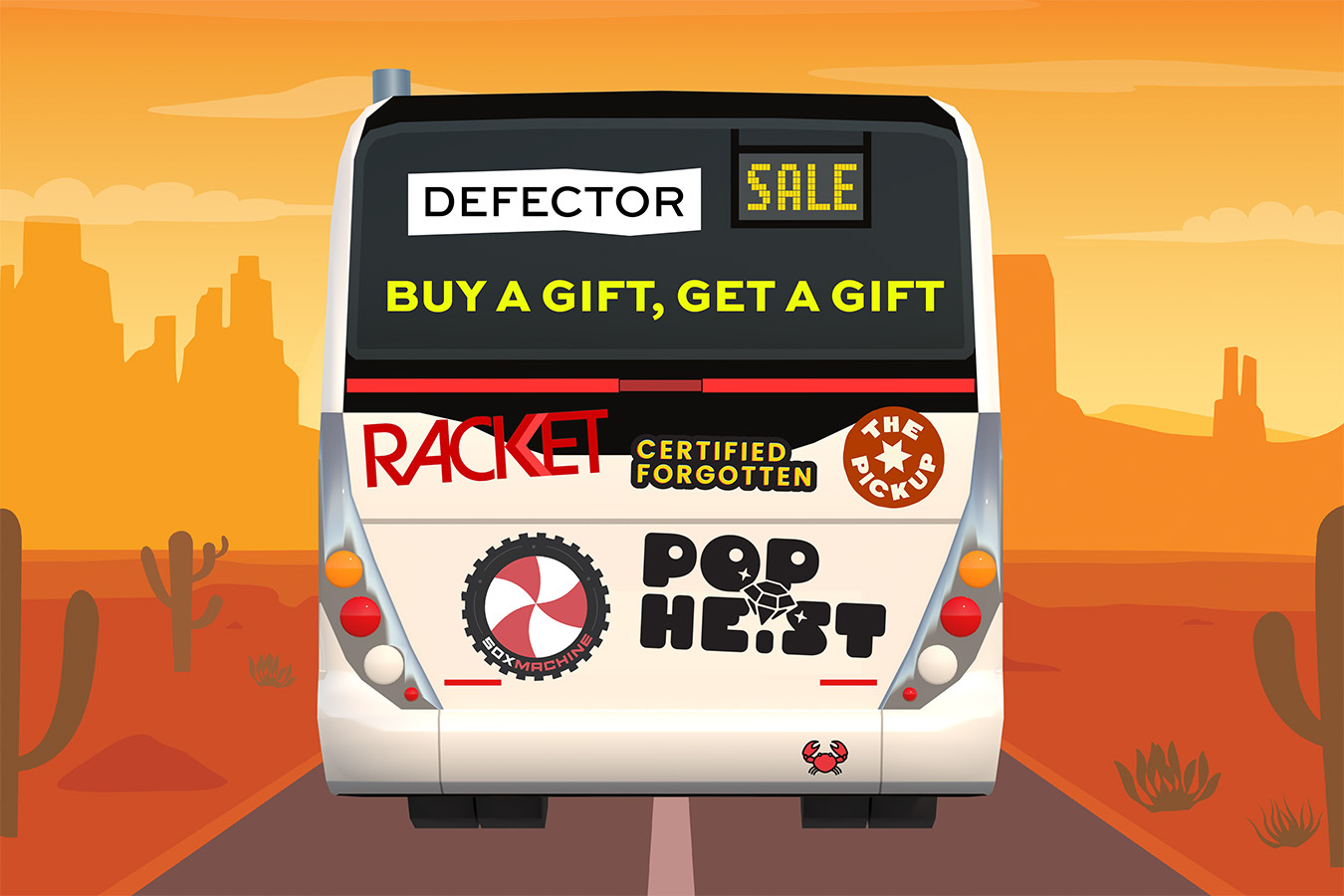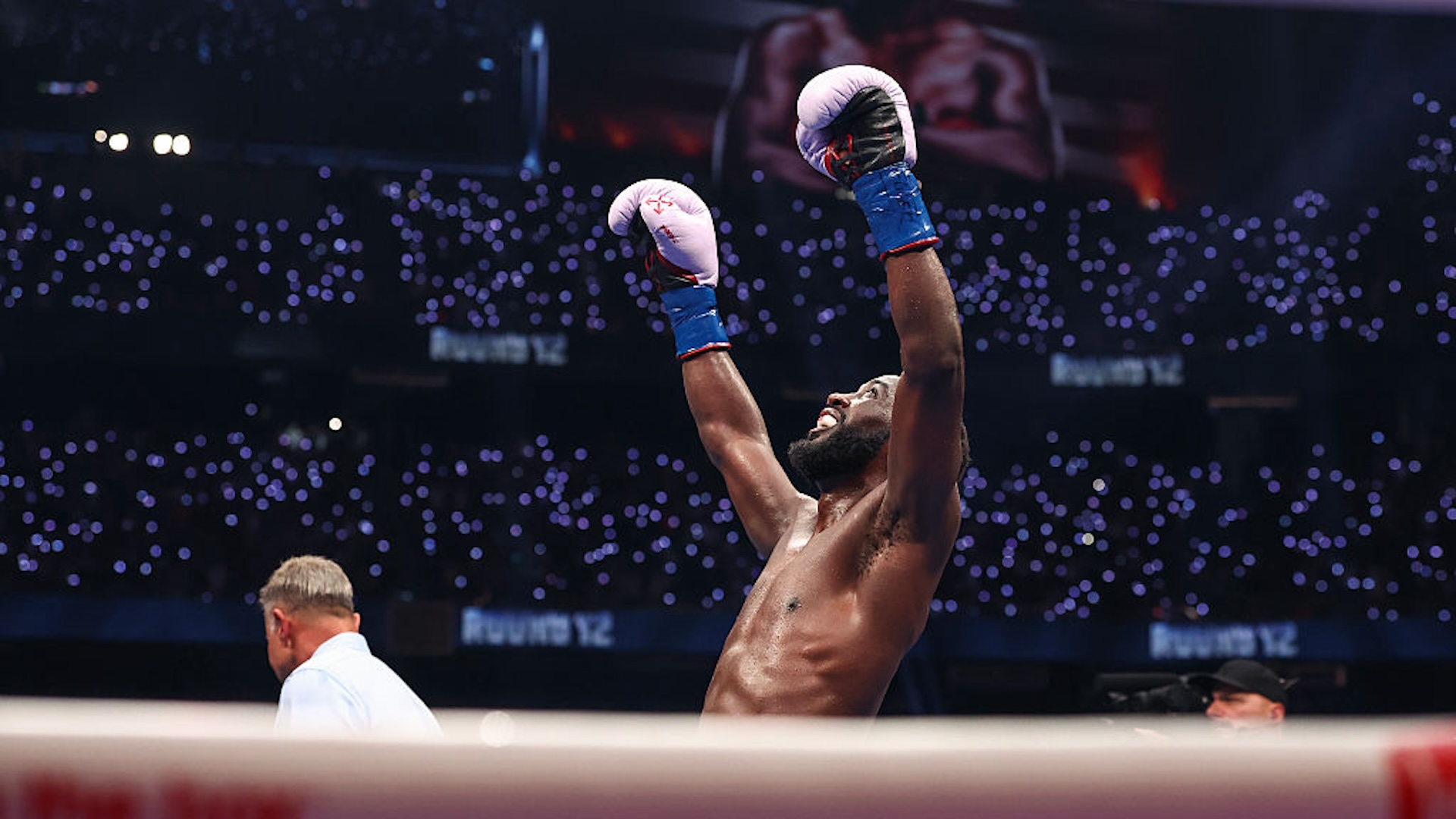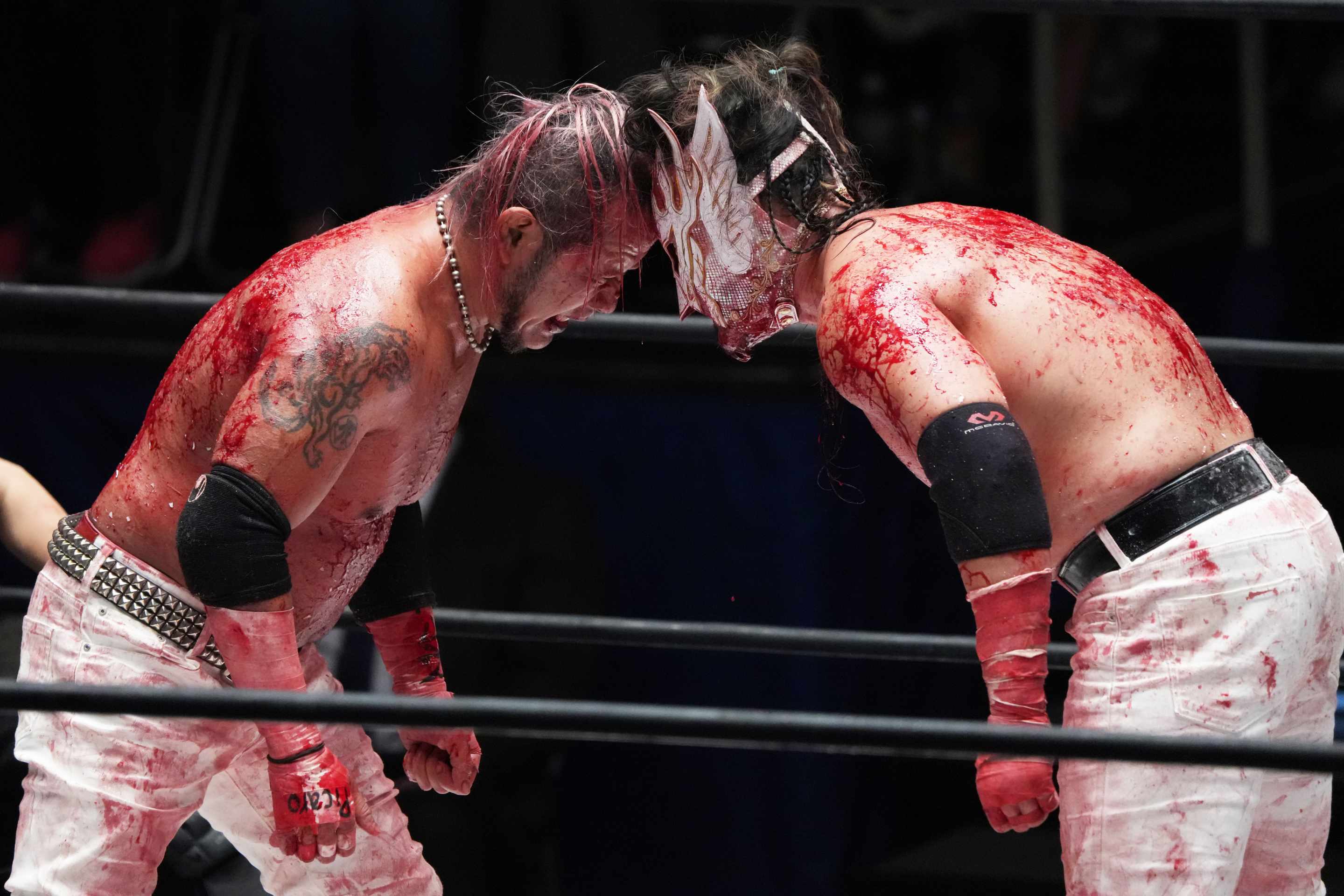"She's a runner, you a stone." That's a weird thing to say to Leonardo DiCaprio's character, Pat Calhoun, in One Battle After Another, given that the first time we see him in the film, he is in motion, chasing after his fellow members of the left-wing revolutionary group French 75. But then you kind of get what his girlfriend's mother means. Once he catches up with his team, which is about to break a bunch of people out of a detention center, it's with a nervous energy in tow. He doesn't know the plan. His girlfriend, Perfidia (Teyana Taylor), is the real revolutionary. But him? He's got the kind of anxious electricity that spins you in circles, keeping you on the same spot, dug in even further—in other words, a stone. "You look so lost," the mom says, while her heavily pregnant daughter shoots a machine gun and compares herself to Tony Montana, her enormous belly sticking out of her red plaid shirt. "It's like she doesn't even realize she's pregnant," Pat says. So who's the one who's really lost here?
When Perfidia disappears, Pat finds himself alone with their baby—it's their daughter, Willa (Chase Infiniti), who gives him purpose. When Willa goes AWOL, Pat, now a paranoid ex-guerilla who spends his time smoking up and watching The Battle of Algiers in an immediately iconic faded plaid autumnal robe, splits in two. And that robe, which recalls pregnant Perfidia's plaid, which is both loungewear and outerwear, is a nod to this dichotomy. While Pat has been hibernating, in a smoky haze of paranoid paralysis for 16 years, now he's awake, tearing through the tunnel under his house before his past catches up with him, careening toward his kid, a stoner on the run.
“I found some vintage-looking fabric and made the multiples I needed for the robe,” OBAA costume designer Colleen Atwood told Variety. “It’s an old, cheap dad robe. It’s a comfortable and cozy robe. And we aged the fabric a lot.” She doesn't remember if it was director Paul Thomas Anderson or DiCaprio who suggested the robe first, but it was likely the latter, since he's said repeatedly he was inspired by the Dude in The Big Lebowski. The Dude’s robe, however, is not overly symbolic. That robe is more practical, a terry cloth rag with a kind of faded stripe in one of those weird non-colors that only comes from never separating your laundry. Costume designer Mary Zophres has said that while the directors didn't specify what the Dude wore, their script did describe the character as "terminally relaxed."
"You could still find vintage clothing in thrift stores then, and I tried to stick to the west side and the Beach for the Dude; places where he would have shopped," Zophres told Another Man magazine (The Dude, like Pat, abides in California). "That’s where I found the robe he wears in the beginning in Ralphs (the grocery store), with a T-shirt and some old 60s shorts—I figured some of his stuff he’s had for 20 years."
This is not the kind of robe you put on DiCaprio, for whom "terminally relaxed" is not a character trait the spiritually wiry actor tends to embody. As high as Pat gets on his couch, he is more often than not on the move. He runs and runs and runs away from the past and toward his daughter, that plaid robe and its belt ever flowing behind him, through a forest, through a dojo, through various rooms housing hidden immigrants and much commotion—pause for an overly long incompetent phone call with the revolution’s headquarters—through a breathless parkour across the roofs of the city at night, before falling 40 feet onto the ground then into a taser, before escaping a hospital down a fire escape, into a friend’s car, into a “tuck and roll,” into a hot-wired Nissan Sentra.
With a gun slung over his shoulder, in his man-bun and mustache and long plaid "jacket," Pat looks like some kind of samurai cowboy slacker. He would not be out of place in a Quentin Tarantino film, which is unsurprising since the robe as daywear became a signature garment in films by directors like that, who broke out in the ’90s at the height of the grunge era, an era in which they themselves, like everyone else, would have been thrifting. In Pulp Fiction, for example, Tarantino not only puts himself in a patterned cotton robe, he more notably puts heroin dealer Lance (Eric Stoltz) in scraggly puke-colored terry cloth, over a faded Speed Racer T-shirt, along with a red flannel shirt around his waist and white boxers. Costume designer Betsy Heimann hadn't planned it that way; it just fit the scene. “I thought, ‘This is a guy that never leaves his house. He doesn’t really need to get dressed,’” she told Fashionista. “Back then everybody wasn’t running around in their exercise gear like we do in LA now. To me, he was wearing shorts and a graphic T-shirt and an old funky robe.”
That Pat is wearing a ’90s-era garment points to a larger disorientation that permeates OBAA. Its source novel, Thomas Pynchon's Vineland, was published in 1990, but toggles between the 1960s and the 1980s, following its revolutionaries over time. While the film dresses Pat in the ’90s, his daughter Willa—channeling more ’80s Madonna in her diaphanous skirt and leather jacket—is introduced through Steely Dan's 1972 hit “Dirty Work,” a bit of foreshadowing I'll get to in a second. Pat himself doesn't quite fit—a slacker slash revolutionary, a family man with a girlfriend who is anything but—and all of this roils beneath that dad robe and the glaucoma-grade sunglasses he pairs it with as he tears across the desert searching for his teen daughter. A man in danger of being out of time.
When we meet Pat, he is stuck in the past. He has spent 16 years bringing up Willa, while failing to grow up himself. Pat is a kid in a robe getting high and watching movies. At the very end of OBAA, however, the robe has been abandoned. Pat's done running, so he doesn't need it anymore. He is no longer lost, no longer split in two. He is now an adult. Pat knows who he is—so much so that we find him taking selfies on his couch, his daughter now the one on the way to a protest. And those Steely Dan lyrics that introduced her finally encompass both of these grown-ups: "I foresee terrible trouble/And I stay here just the same.”
